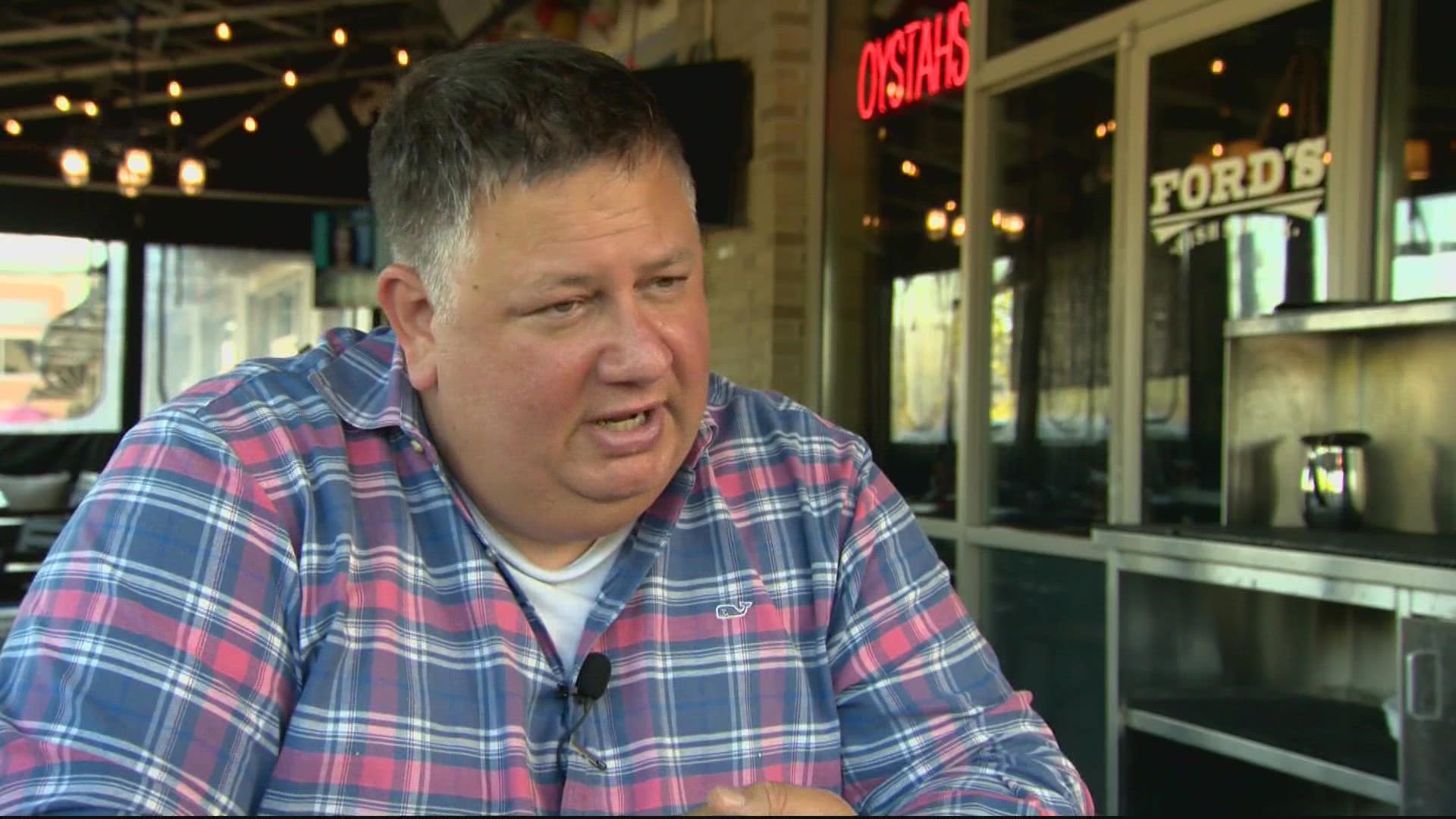WASHINGTON — Millions of Americans will submit their ballots or head to the polls for the 2022 midterm elections in November. While presidential candidates won't be on the ballot, there are plenty of races worth your attention. The midterms typically don't draw as large of a turnout as presidential election years, but the races can make a big impact on national and local politics.
This year's elections have the possibility to significantly shake up the balance of power in Washington for the remainder of President Joe Biden's term, as well as which party holds control of state legislatures across the country.
Here's what you need to know about the midterms.
What are midterm elections?
Midterm elections take place two years after a presidential election, halfway through a president's four-year term.
The midterms are often considered a referendum on how Americans are feeling about the first half of a president's term.
When are the midterm elections?
The 2022 midterm elections will be held on Tuesday, Nov. 8.
Major U.S. elections are held on the first Tuesday of November unless that falls on the first day of the month, which it does in 2022. When that happens, elections are held a week later.
Click here for voter registration deadlines for each state.
Many states will begin early voting in the weeks leading up to Election Day. You can find an early voting calendar by state here.
Who is up for election?
Voters aren't electing a new president, but there are federal, state and local seats contested in midterm elections.
All 435 seats in the House of Representatives are contested in the midterm elections. Representatives serve two-year terms and must run for reelection each election cycle to keep their seat. Unless you live in Washington D.C. or a U.S. territory, you will see a race for the House of Representatives on your ballot.
In 2022, 35 of the 100 seats in the Senate will be elected. Senators serve six-year terms and their election years are staggered, so every two years one third of the Senate is either elected or reelected.
Gubernatorial elections will be held in 36 states this year. Most governors serve four-year terms; Vermont and New Hampshire are the only states where governors' terms last only two years.
What's at stake?
Even though President Joe Biden isn't on the ballot, the midterm elections will set the political tone and shape what he is able to accomplish in the final two years of his current term.
One of the biggest questions of the election is whether Democrats will hold their narrow majority in Congress. Historically, the party in power tends to lose seats during midterm elections. Since 1934, the president's party during midterm elections has lost an average of 28 House seats and four Senate seats, according to data from the American Presidency Project at U.C. Santa Barbara. During those 22 midterm elections, the president's party has gained seats in the House only three times and gained seats in the Senate only six times.
Analysts predict Republicans have a shot to take back both the House and Senate this year. Democrats face an uphill battle to hold their control of both chambers of Congress as continued inflation and concerns about the economy drag down Biden's poll numbers.
The GOP only needs to pick up one seat in the Senate to take back a majority.
Democrats, however, have seen a surge of support following the Supreme Court's decision overturning Roe v. Wade, which has led a number of states to enact abortion bans or rigid new restrictions.
The issue will play a big role in federal, state and local races. Democrats have already invested more than $106 million this year in television advertising referencing abortion.
Security concerns
Federal officials are warning ahead of the midterms that the U.S. faces foreign influence campaigns, particularly from Russia and China. In an advisory sent to state and local officials in mid-September, intelligence officials said Russia is working to amplify doubts about the integrity of U.S. elections while China is interested in undermining American politicians it sees as threats to Beijing’s interests.
While officials said they've not identified any credible threats to election infrastructure in the U.S., the latest intelligence warning comes as a rising number of candidates and voters openly express a lack of confidence in the nation's democratic processes.
Election officials assume hostile foreign governments may have sensitive data and take precautions to protect voting systems. The more immediate concern, officials say, is the possibility that rogue election workers, including those sympathetic to lies about the 2020 presidential election, might use their access to election equipment to launch an attack from within, whether to gain an advantage for their desired candidate or party or to introduce system problems that would sow further distrust in the election results.

